
banner



NVC – Non Verbal Communication (images & connotations)
Plugs/ears – small text on the cover to entice the reader into reading other items in the magazine
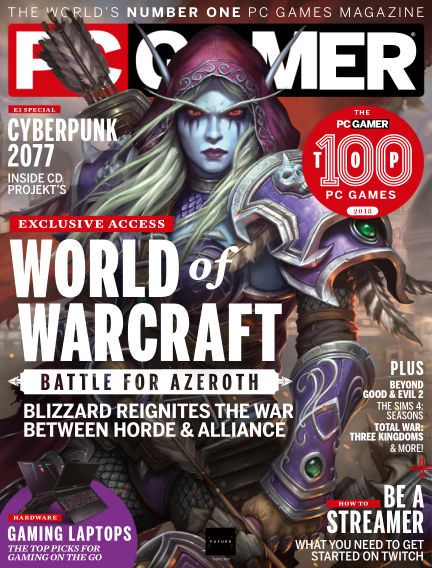

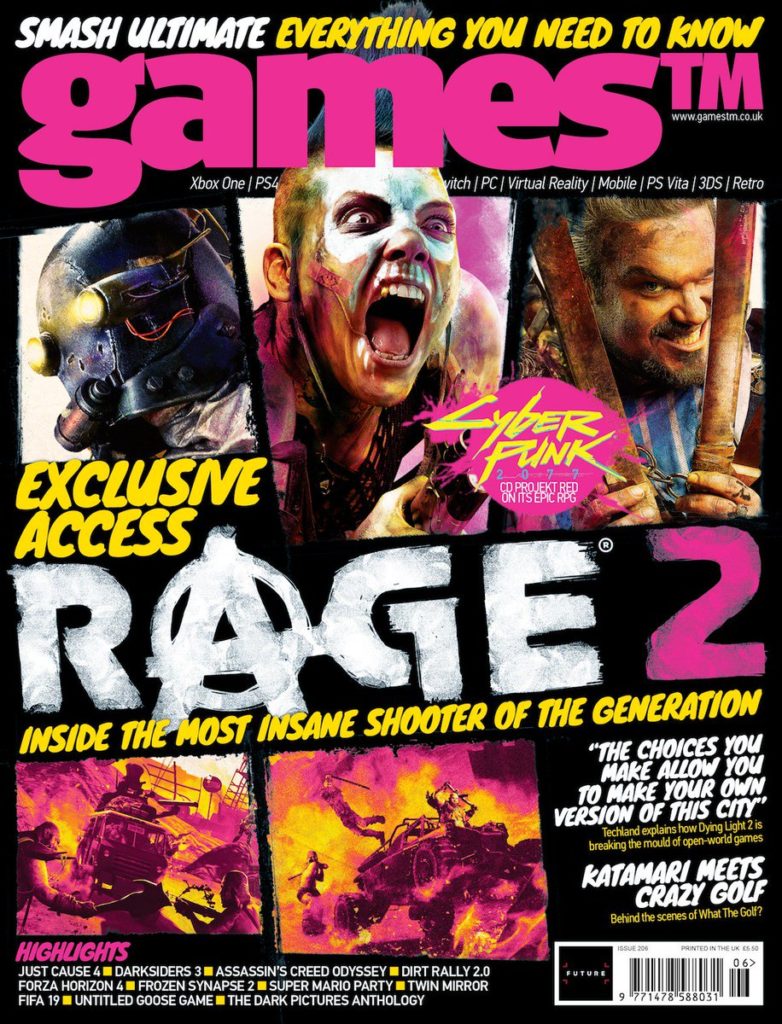
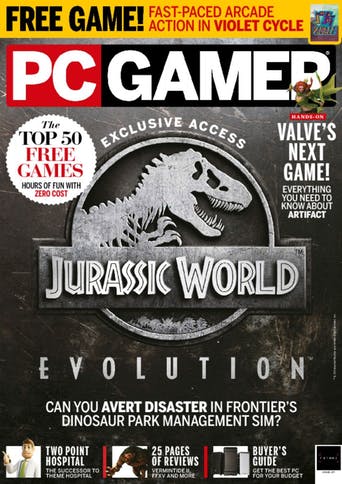
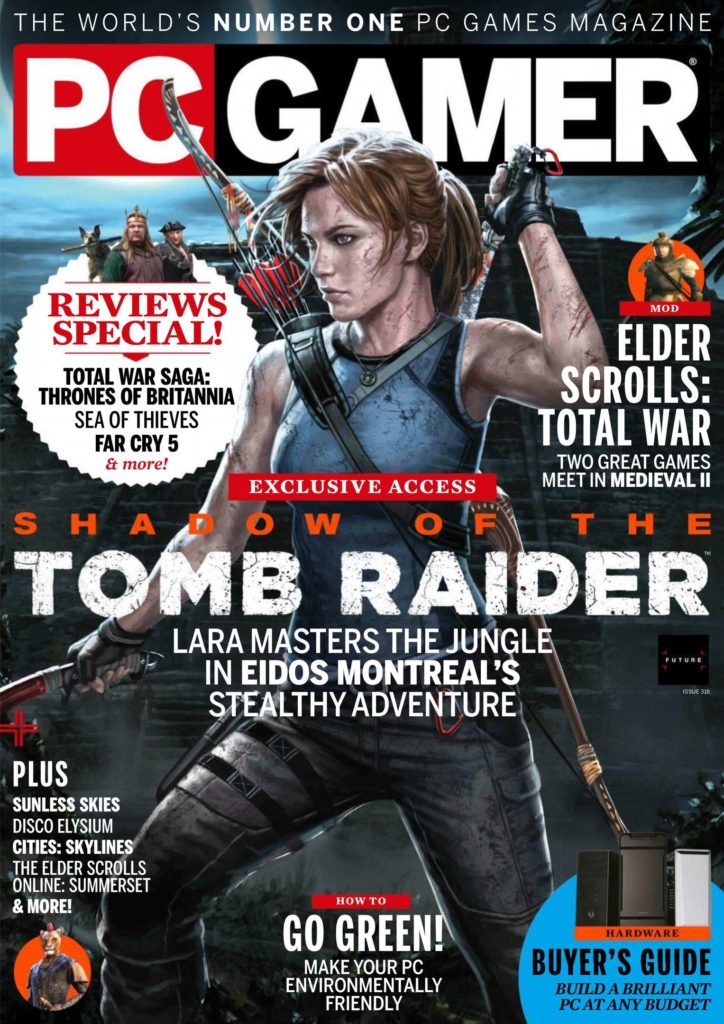
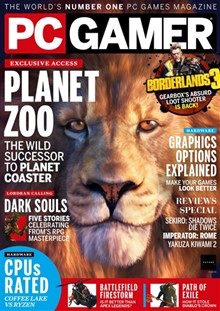

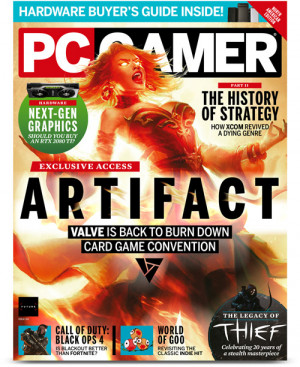

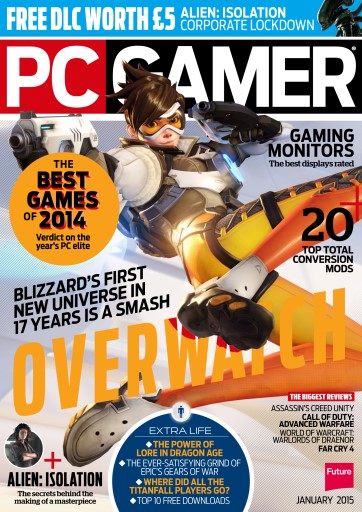
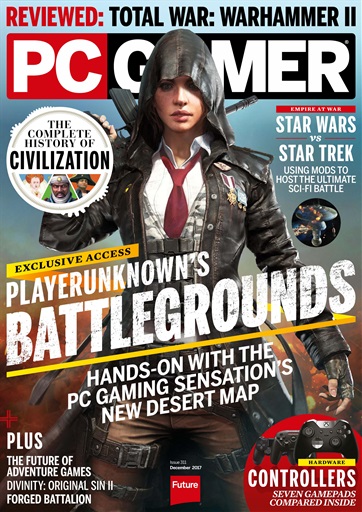

Gaming magazine design
Cinn Balcombe
Unfortunately, I lack the tools to create this magazine cover right now. However, I can still use the original plan and explain my process.
1 and 2:
Inserting a small area of text means that vital information about gaming news will be displayed as well as it being in a large enough, visible font as well as being short in length but just long enough to keep the attention of the reader, for example, it could say “nintendo announces new pokemon for sword and shield? More on Page 34”. This means that a small line is used to “hook” the reader into purchasing the magazine so that they can know more. This is used to display less popular games, with the most popular and anticipated game on the front.
3:
The title of the magazine must be bold, clear, and have a design that is unique and noticeable. The name of the magazine must be easily seen, so that frequent readers can spot the magazine easily, as well as those looking for a good gaming magazine within other different types of magazine. The title must also show the genre of “gaming magazine” clearly, for example, gaming weekly or something of the like. This easily shows to the reader what to expect.
4:
A video game title is generally used to interest those who are fond of the specific game shown, and it is usually followed by the game’s mascot on the front cover, or a popular character from the series. The logo should be large and easily seen from far away in order to catch the eyes of those passing by.
5:
A video game character is used in a similar purpose to the video game title but can also be used for those who do not know the series but recognise the character. This means that anyone who enjoys the idea of the series can know what the main article is about and can easily read more about their favourite characters. The idea of a character appeals more to children who do not know what the series is called but know the character, as the title always matches the character.
6:
A short sentence about the game is useful as it shows short and sweet information about the game. This hooks in the reader into reading, as they would like to know more about this. The hook is usually something major, which hooks them into reading it more.
7:
The background is usually game related, normally following a screenshot of the game on the title, displayed as a background. A background does not add much, but without it, the magazine is incomplete.
This magazine could be for anybody, but it is mostly aimed for teenagers and young adults.
Iconic:
Video game character, could be a console,
Indexical:
Logo, video game character,
Symbolic:
any text, letters, shapes (the squares of text on the front cover),







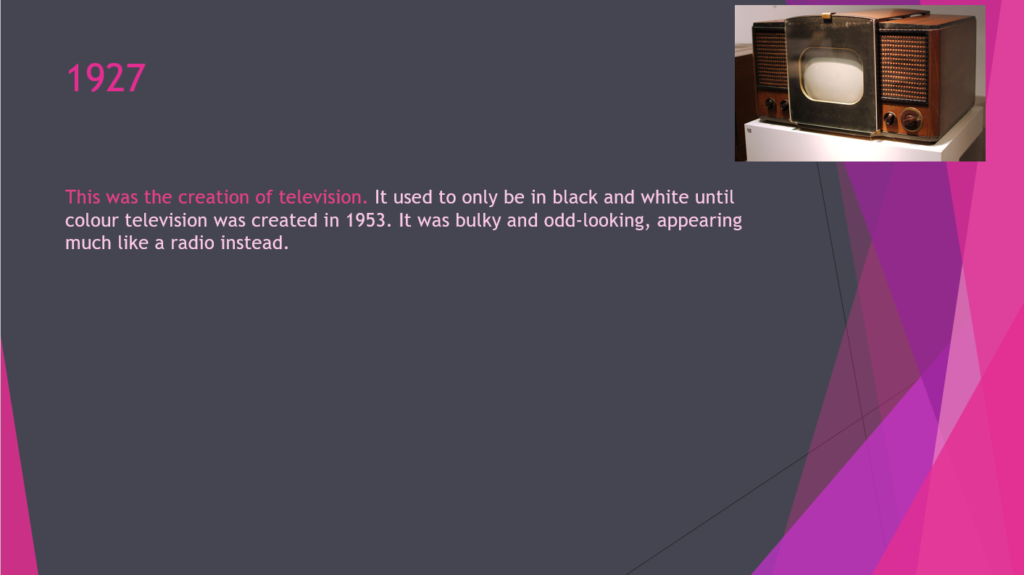


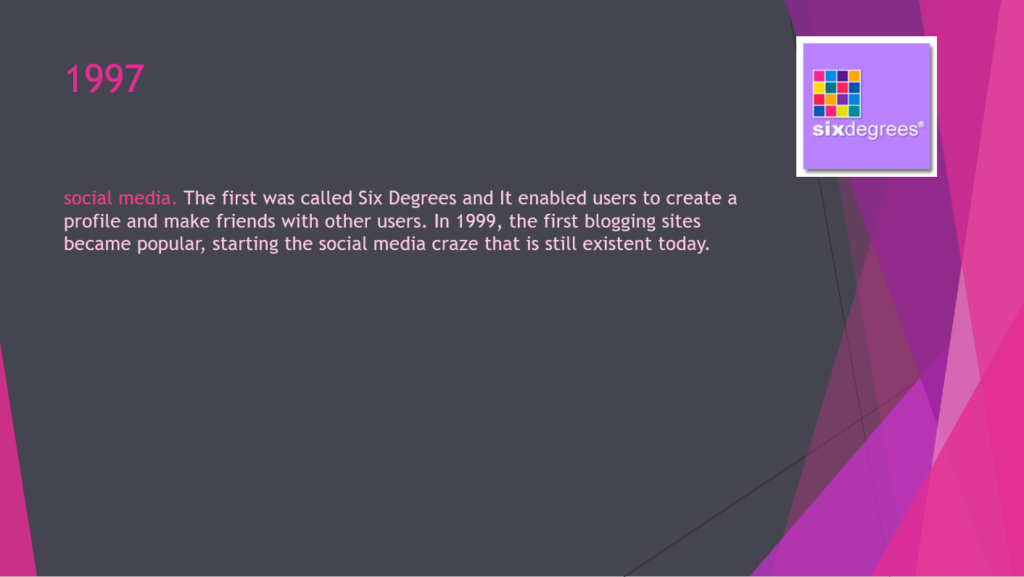
What is media?
Media is a way of communicating information worldwide through different forms such as magazines, the news and film. It can be portrayed in many artistic ways.
What is media studies?
Media studies is the study and analysis of different medias such as the effect of advertising and film on the general public or specific groups and its history.
What is the point of media studies?
The point of media studies is to analyse the effect of different forms of media on specific groups and how it could alter the behavior of some. As well as this, media can offer lots of job opportunities with the rise of internet culture.
What 3 questions would you like to find the answers to while studying this course?